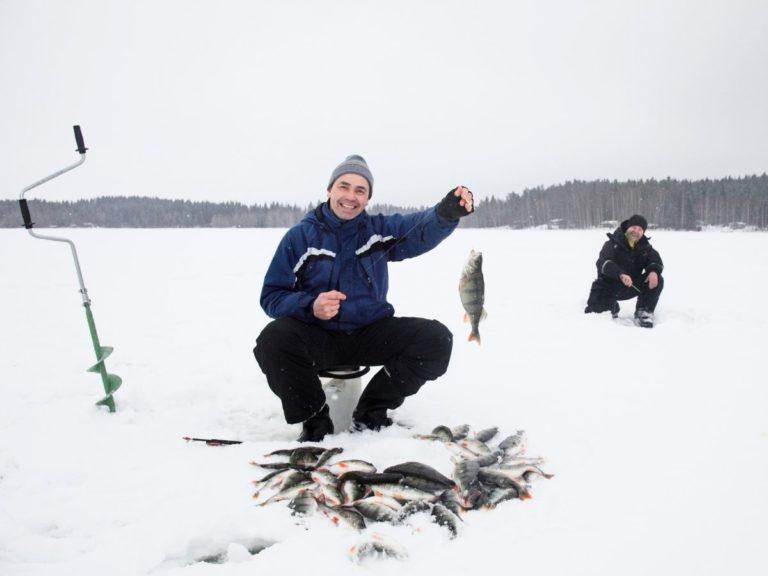Table of Contents
When do cloudberries blossom?
Hill, or lakka, is a perennial, about 10 to 25 cm tall, double-leafed and monocotyledonous grass with a sprawling and woody stem. The leaves are wrinkled and kidney-like. The plant is dioecious, ie the male and female flowers are located in different individuals. The flower of cloudberry consists of five white petals. The flowering period of cloudberry in Lapland often begins in June, but at its earliest extensive flowering has been found even in mid-May. In Ranua, the flowering of the clouberry in the summer of 2021 was first reported on Friday, June 4th.
What does cloudberry mean and how do we call them in Finland?
Cloudberry (Rubus chamaemorus) is a herbaceous plant belonging to the genus of whips. The name “hilla” is also used for the bright orange juicy berry produced by the plant. The name of the plant varies from region to region: in Lapland, the berry is called hilla, and in both southern and eastern Finland, lakka (which is varnish in English) is also used. The name of the town of Muurame in Central Finland, in turn, derives from the term “suomuurain”, and the plant is also visible in the coat of arms of the municipality of Muurame. Other names used for a plant or its berry include, for example, nevamarja (bog berry), valokki and lintti.
When is the cloudberry harvest ripe?
Harvesting of cloudberries usually starts about six weeks after flowering begins. Cloudberry picking season in Lapland usually begins in mid-July and continues until the first half of August. Thus, the picking season for cloudberry is usually very short and particularly warm weather can shorten the season even further.
Cloudberry grows in both open and wooded swamp areas. Because cloudberry is a very dominant plant, especially in the open areas, swamps in Lapland are often referred to as hillasuo (cloudberry swamps). The berries picked from wooded areas is called korpihilla (wilderness cloudberry), the picking time of which is at the end of the season and the berry size usually considerably larger compared to the ones growing in open areas.
The yield of hill varies significantly between different years and regions. Night frost can easily take away delicate flowers and can also ruin berries that have already become raw. In addition, in cold and rainy weather, there may not be enough insects to pollinate the flowers. Because the cloudberry crop is so sensitive to different weather phenomena, it is important that the berry picker has as accurate prior information as possible about the different types of berry spots. If the frost has hit the open swamp areas, it is advisable to look for berries on wooded bogs, hillsides or higher swamp areas, for example.
As the picking time of the cloudberry is quite short compared to other berries, it is worth visiting the berry swamps in advance. In this way, when the berry is ripe, there is no need to spend time searching for picking places. In addition, you should follow the press releases issued by the media regarding the berry harvest. If you plan to pick berries in an unfamiliar area, you may want to use some kind of map service, for example. Visit Ranua’s Ranua App is a great place to start, as there are several cloudberry marshes in Ranua listed.
Can raw cloudberries be ripen at home? And can you grow the berries yourself?
Raw cloudberries are not recommended to be ripened at home, as it can be difficult to get the berry to ripen and taste normal. At home, the berry dries easily during the ripening process and even if the berry looks externally normal, its taste does not match that of its counterpart grown under normal conditions.
However, the good news for avid cloudberry growers is that it is possible to grow cloudberries successfully at home as well.
For the clouberry, it is advisable to dig a 20-30 cm deep planting pit, which is lined with moisture-retaining plastic. However, you should make a few holes in the plastic in case of the heaviest rains. For example, unbleached peat is an excellent growing platform for cloudberry, while the suitable pH of the soil is 4.5 to 5.5. Rhodol fertilizers developed for alpine roses are suitable as fertilizers.
Cloudberries sold as pot seedlings can be planted throughout the season, although the hottest heat of July should be avoided with the plant that thrives in the shades. Autumn and spring are the best times for planting.
The plants planted in your own garden should produce the first harvest in a year or two, and what is best: the berries taste just as good as “real” berries picked from the marshes, ripened by Finland’s nightless summer nights. It should be noted, however, that very large harvests are not to be expected.
Where do the cloudberries grow in Finland?
Hilla grows throughout Finland, but the richest berry harvests are usually obtained from Kainuu, Northern Ostrobothnia and Lapland. Cloudberry thrives on natural marshes, but it also occurs on the edges of new forest ditches and bog-spanning forest roads, where it grows and also berries for some time. The non-drained wetlands of Northern Finland produce the largest yield.
Use of cloudberries as food and drinks?
Cloudberries as such are real festive food. For example, desserts and pastries are made from the berries. For example, a cream cake with jam is the centerpiece of many summer parties. Cloudberry jam, in turn, is served with bread cheese or pancakes are the best desserts. Creamy cloudberry ice cream and pie are also the sweetest delicacies. In addition, juice and marmalade are made from the berries.
In Finland, cloudberry is traditionally eaten with bread cheese, in Norway with whipped cream and sugar or in cake, and in Sweden with ice cream. In Canada, cloudberry is also used to flavor a specialty beer, and at least the Pyynikin Handicraft Brewery in Finland has done the same. Both wine and liqueur are made from clouberries in Ranua. Local jam products can be purchased at MurrMurr Castle in Ranua Zoo.
Cloudberry leaves are also used to make herbal tea, which e.g. the Inuit have traditionally used it as a source of trace elements as well as to treat stomach ailments. The sedative effect on the intestinal mucosa is based on the tannins contained in the leaves. According to some studies, hilla leaves also have antimicrobial effects. Berry veil leaves have also been used in Russia as a cough medicine.
Where can you buy cloudberries?
In Ranua, the cloudberry trading is at its hottest at Hillatori (Cloudberry Market), located in the center of the village, where it is traded by both professional traders and local berry pickers. The market has its own sales and purchase points for both bridge pickers and professional sellers.
Nowadays, cloudberry trading is increasingly taking place on the internet as well. So you can try to find cloudberries today also through the Tori.fi service, for example. If you are moving towards Ranua and you are interested in buying berries, you should also check Ranua’s Facebook sales and purchase group.
What vitamins and minerals does the cloudberry contain?
Cloudberry is a very healthy berry that contains not only vitamin C but also vitamin E as well as vitamin A precursor and many different minerals such as magnesium, potassium and copper as well as phenolic acids and flavonoids.
How are cloudberries stored?
Cloudberry is well suited for freezing, as its healthy properties are very well preserved even in the cold. Whole berries should be frozen as soon as possible after picking or purchasing. A small amount of sugar on the surface of the freezer box or bag improves the retention of color, taste and vitamin C. Speed is an asset when freezing or thawing. In terms of nutrient preservation, it is good to defrost in a microwave or warm water bath.
For whole berries, it is also a good way to preserve the cloudberry. The berry, like lingonberry, naturally contains benzoic acid, so it remains pounded in its own juice, even when stored cool, although pounding destroys some of the nutrients.
Like other soft-shelled berries, cloudberry stays as it is in the refrigerator for only a few days. In the frost, the berries only stay good for about a year, so you may not want to hoard the cloudberries terribly over your own needs.
If you buy berries, for example, during the summer heat, it is good to remember that they do not withstand the breaking of the cold chain well. It is therefore advisable to transport the berries from one place to another well cooled, for example in a travel refrigerator or cooler bag.
When should you head to Lapland to pick or buy cloudberries?
For those coming to Lapland to pick or buy cloudberries, I can recommend a time around mid-July. The ripening of the cloudberry is, of course, largely dependent on weather-related factors, but as flowering is already so well under way in early June, it is reasonable to expect that the first ripe berries will be found as early as mid-July. July 16 will be the date, when full six weeks has passed since the flowering of the cloudberry was first reported.
Before the start of the picking season, however, it is worth keeping an eye on the various media sources, which will certainly also actively inform about the ripening of cloudberries. Cloudberry news will also be published in this blog, so at this point it is definitely worth joining our newsletter subscribers. You can subscribe to the newsletter at the bottom of this page.
Sources: Martat, Yle, Municipality of Ranua
Main image: Jari Romppainen








